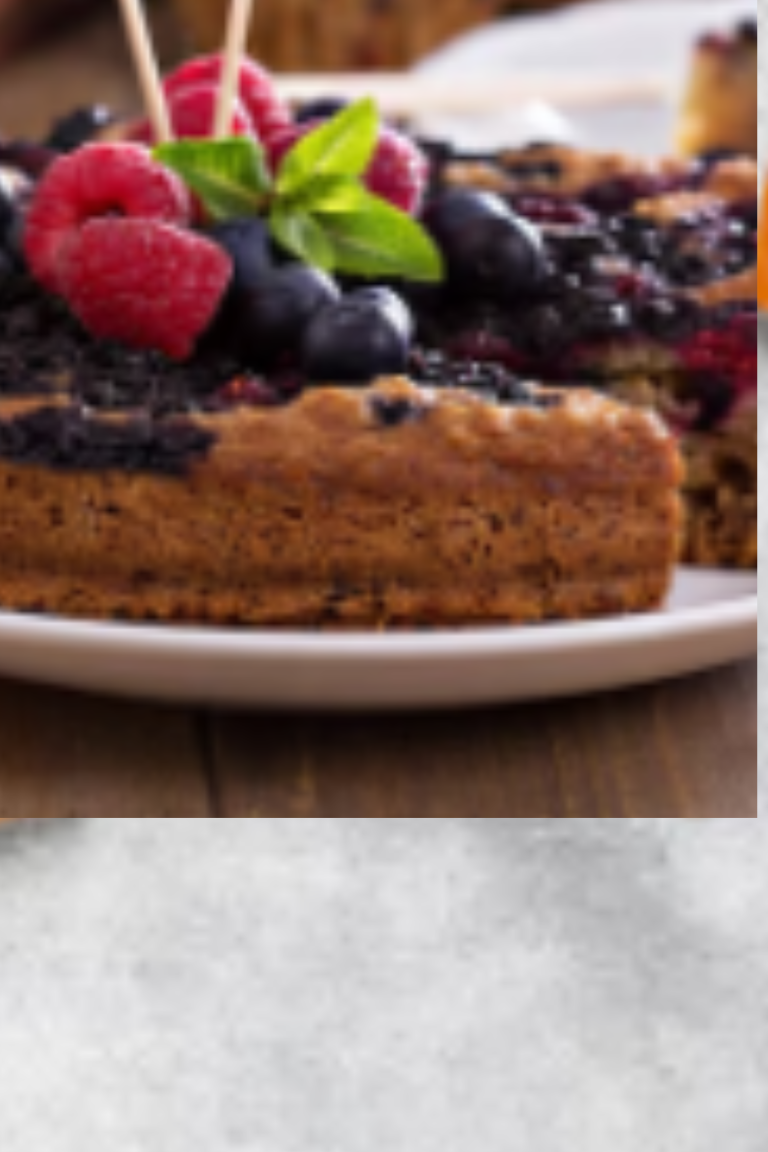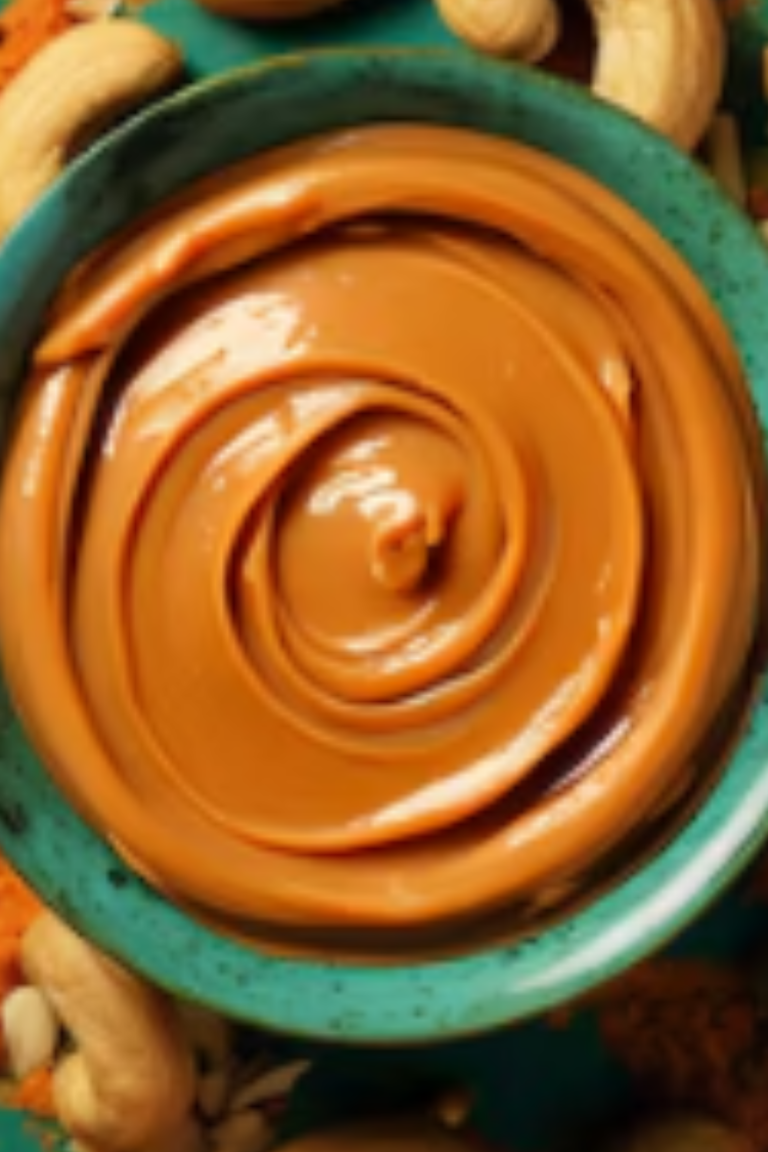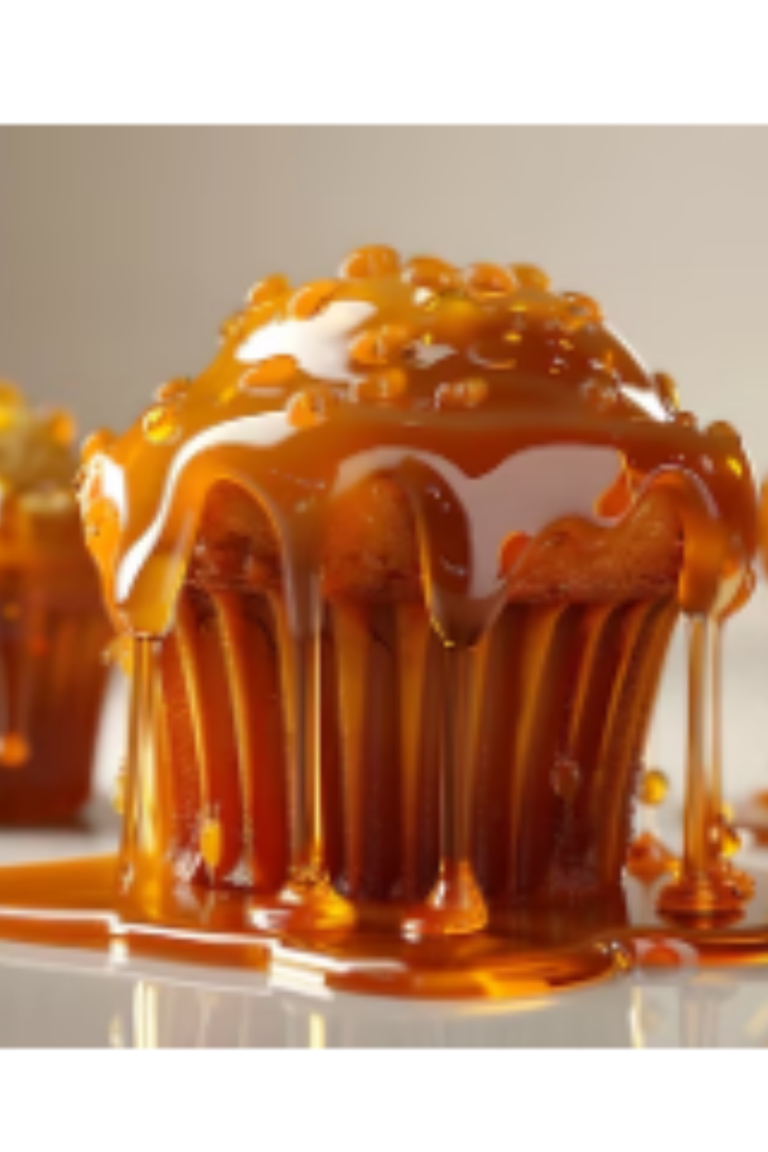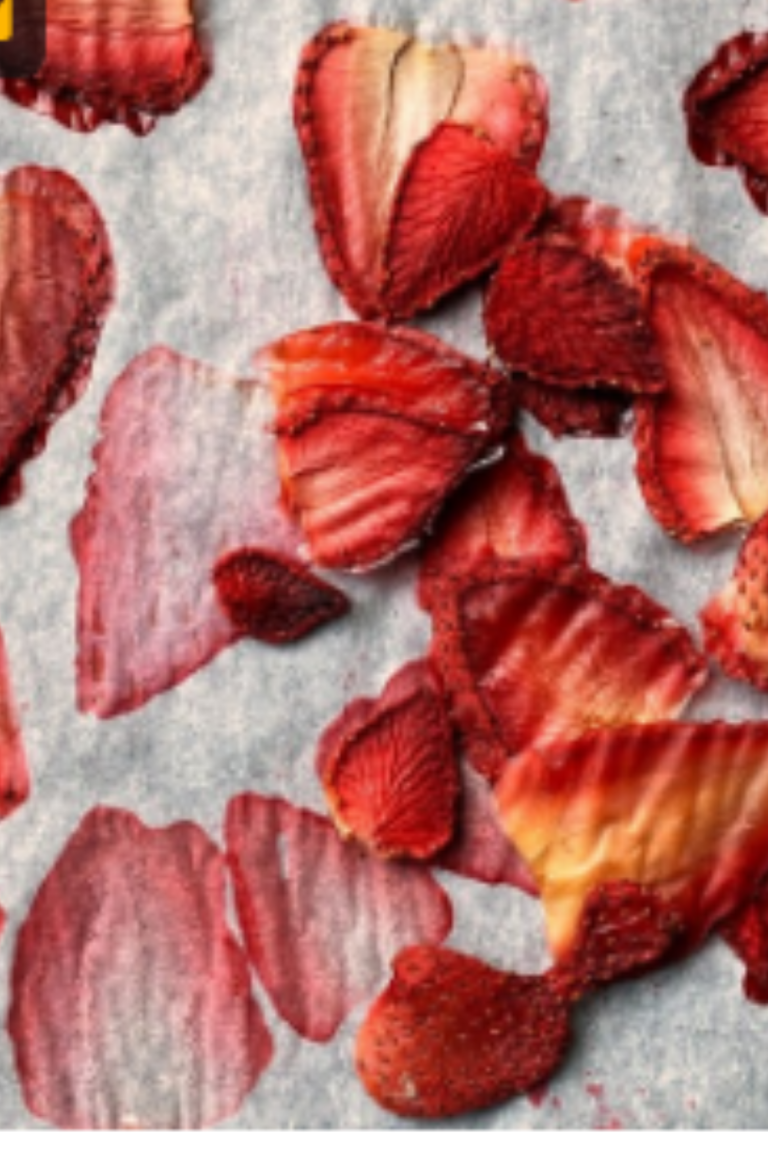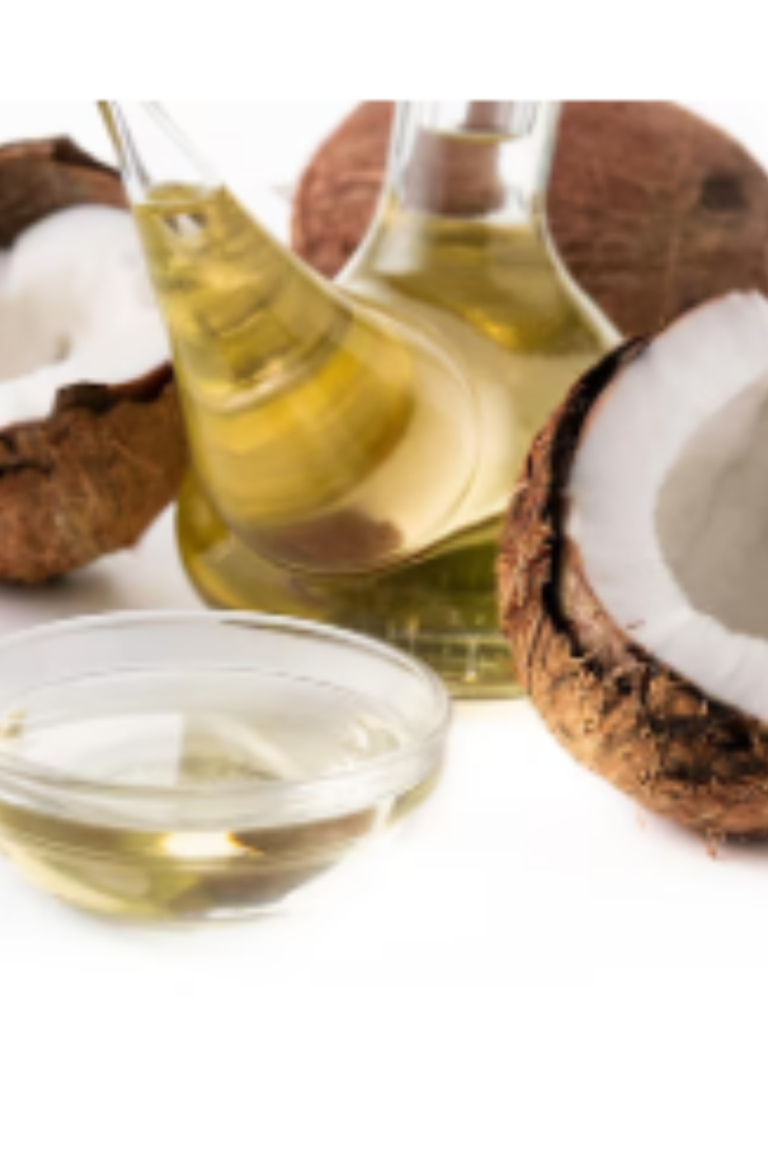BM: Butter Milk role in cakes Explained
In this topic, I’m going to talk about buttermilk and its essential role in cakes. In my own personal experience, buttermilk has been a game-changer in the kitchen, transforming ordinary cakes into moist, tender, and flavorful delights. But what exactly is buttermilk, and why does it work so well in baking? Let’s dive in and explore the wonders of this humble ingredient.
Table of Contents
ToggleWhat is Buttermilk?
Buttermilk might sound fancy, but it’s actually quite simple. Traditionally, it was the liquid left behind after churning butter from cream. Today, the buttermilk you find in stores is usually cultured buttermilk, made by adding lactic acid bacteria to regular milk. This process thickens the milk and gives it a tangy flavor, which is key to its baking magic. Check out the right Cocoa Butter Milk, cake tools, and ingredients that you need here.
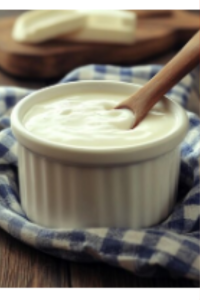
Why Buttermilk in Cakes?
Buttermilk’s unique properties make it a star in the world of baking, especially in cakes. Here’s why:
- Moisture and Tenderness
- Buttermilk helps keep cakes moist and tender. The acidity in buttermilk breaks down gluten, which can make cakes tough, resulting in a softer crumb.
- Flavor Boost
- The tangy flavor of buttermilk adds a subtle complexity to cakes. It’s not overpowering but gives a nice depth that you might not even realize is there until you miss it.
- Leavening Agent
- Buttermilk reacts with baking soda to produce carbon dioxide, which helps the cake rise. This reaction is what makes your cakes fluffy and light. Check out the right Cocoa Butter Milk, cake tools, and ingredients that you need here.
How to Use Buttermilk in Your Cakes
Using buttermilk in your cake recipes is straightforward. Simply replace regular milk with an equal amount of buttermilk. If your recipe calls for baking powder, you might need to reduce it and add a bit of baking soda to balance the acidity of buttermilk.
Making Your Own Buttermilk Substitute
If you don’t have buttermilk on hand, you can easily make a substitute. For every cup of buttermilk needed, mix one tablespoon of lemon juice or white vinegar with enough milk to make one cup. Let it sit for about 10 minutes until it thickens slightly.
Recipes to Try
Want to experience the magic of buttermilk in your cakes? Try these recipes:
- Classic Buttermilk Cake: A simple, moist, and tender cake that’s perfect for any occasion.
- Buttermilk Chocolate Cake: The tang of buttermilk pairs beautifully with the rich flavor of chocolate.
- Buttermilk Pound Cake: Dense, moist, and perfect with a cup of tea or coffee
Buttermilk is a powerhouse ingredient in baking, especially when it comes to cakes. Its ability to add moisture, tenderness, and a subtle tangy flavor, along with its reaction with baking soda to help your cakes rise, makes it an invaluable addition to your baking repertoire. Next time you’re whipping up a cake, consider reaching for buttermilk and see the difference it makes. Check out the right Cocoa Butter Milk, cake tools, and ingredients that you need here.
Drilling Deeper: Comparing Buttermilk to Other Common Cake Ingredients
Buttermilk is undeniably a superstar in baking, but how does it compare to other common cake ingredients? Let’s drill deeper and see how buttermilk stacks up against regular milk, sour cream, and yogurt.
Buttermilk vs. Regular Milk
- Acidity
- Buttermilk is more acidic than regular milk, which plays a significant role in baking. This acidity helps tenderize gluten, resulting in a softer texture. Regular milk lacks this acidity, so cakes made with milk might be less tender.
- Leavening Power
- The acidity in buttermilk reacts with baking soda to produce carbon dioxide, helping cakes rise. While regular milk can be used in conjunction with baking powder for leavening, it doesn’t have the same reactive properties as buttermilk.
- Flavor
- Buttermilk adds a subtle tanginess that enhances the overall flavor profile of cakes. Regular milk, on the other hand, has a more neutral taste, which can make cakes taste more straightforward. Check out the right Cocoa Butter Milk, cake tools, and ingredients that you need here.
Buttermilk vs. Sour Cream
- Texture and Moisture
- Both buttermilk and sour cream add moisture to cakes, but sour cream is thicker and richer. This can make cakes denser compared to the lighter texture you get with buttermilk.
- Acidity
- Sour cream is also acidic and can help tenderize gluten, similar to buttermilk. However, because it is thicker, it doesn’t spread as evenly through the batter, which can affect the texture.
- Fat Content
- Sour cream has a higher fat content than buttermilk, which can make cakes richer and more decadent. Buttermilk, being lower in fat, results in a lighter cake. Check out the right Cocoa Butter Milk, cake tools, and ingredients that you need here.
Buttermilk vs. Yogurt
- Consistency
- Yogurt has a thicker consistency than buttermilk, which can lead to a denser cake. If you prefer a lighter texture, buttermilk is the way to go.
- Acidity and Flavor
- Both yogurt and buttermilk add acidity and a tangy flavor to cakes. However, yogurt’s flavor can be more pronounced, especially if you’re using a plain variety with no added sweeteners.
- Substitution
- Yogurt can be a good substitute for buttermilk in a pinch. If using yogurt, it’s best to thin it with a bit of water or milk to match the consistency of buttermilk for a more even substitution. Check out the right Cocoa Butter Milk, cake tools, and ingredients that you need here.
Practical Tips for Substitutions
If you ever need to substitute buttermilk with regular milk, sour cream, or yogurt, here’s how to do it effectively:
- Regular Milk: For every cup of buttermilk, mix one tablespoon of lemon juice or white vinegar with enough milk to make one cup. Let it sit for about 10 minutes.
- Sour Cream: Use 3/4 cup sour cream mixed with 1/4 cup water for every cup of buttermilk.
- Yogurt: Thin plain yogurt with a bit of water or milk to reach the consistency of buttermilk. Use it cup for cup.
Each of these ingredients regular milk, sour cream, and yogurt brings its own unique qualities to cake baking. Buttermilk stands out due to its perfect balance of acidity, moisture, and subtle tanginess, making it a top choice for achieving moist, tender, and flavorful cakes. By understanding the strengths and differences of these ingredients, you can experiment and find the perfect match for your baking needs. Check out the right Cocoa Butter Milk, cake tools, and ingredients that you need here.
Comparison of Buttermilk and Other Common Cake Ingredients
| Ingredient | Acidity | Texture/Moisture | Flavor | Leavening Power | Fat Content | Best For |
|---|---|---|---|---|---|---|
| Buttermilk | High | Adds moisture, creates tender cakes | Tangy, subtle | Reacts with baking soda for light, fluffy cakes | Low | Light, moist, and tender cakes |
| Regular Milk | Low | Adds moisture but less tender | Neutral | Relies on baking powder; no acid reaction | Low | Cakes where a straightforward flavor and texture are desired |
| Sour Cream | High | Adds moisture, creates dense, rich cakes | Tangy, pronounced | Reacts with baking soda but less spread in batter | High | Rich, dense cakes and adding richness to batter |
| Yogurt | High | Adds moisture, can be dense if not thinned | Tangy, pronounced | Reacts with baking soda, less spread in batter | Medium to High (depending on type) | Cakes requiring moisture and tanginess; adjust consistency for lighter cakes |
Key Notes and Considerations
- Acidity Impact: Buttermilk, sour cream, and yogurt all provide acidity, which helps tenderize gluten and create a softer crumb. Regular milk lacks this acidity, so cakes made with it might be less tender.
- Texture and Moisture: Buttermilk and yogurt (when thinned) add moisture without making the cake overly dense. Sour cream, while adding moisture, tends to make cakes richer and denser. Regular milk adds moisture but doesn’t contribute to tenderness as effectively.
- Flavor Profile: Buttermilk and yogurt add a tangy flavor, enhancing the cake’s overall taste. Sour cream also adds tang but with a more pronounced flavor. Regular milk has a neutral taste, making it suitable for straightforward flavors.
- Leavening Reaction: Buttermilk’s acidity reacts with baking soda to produce carbon dioxide, helping cakes rise and become fluffy. Sour cream and yogurt also react with baking soda but may require adjustments due to their thicker consistency. Regular milk relies on baking powder for leavening, which doesn’t create the same lightness.
- Fat Content: Buttermilk is lower in fat, contributing to lighter cakes. Sour cream and yogurt have higher fat contents (especially sour cream), making cakes richer and more decadent. Regular milk, depending on its fat percentage, generally has a lower fat content than sour cream and some yogurts. Check out the right Cocoa Butter Milk, cake tools, and ingredients that you need here.
Practical Tips for Substitutions
- Making Buttermilk Substitute: Mix 1 tablespoon of lemon juice or white vinegar with enough milk to make 1 cup. Let it sit for 10 minutes to thicken.
- Using Sour Cream: Mix 3/4 cup sour cream with 1/4 cup water for every cup of buttermilk.
- Thinning Yogurt: Thin plain yogurt with a bit of water or milk to match the consistency of buttermilk and use cup for cup.
FAQs on Buttermilk and Cake Baking
1. What is buttermilk?
Buttermilk is a cultured dairy product made by adding lactic acid bacteria to regular milk, which thickens the milk and gives it a tangy flavor. Traditionally, it was the liquid left behind after churning butter from cream.
2. Why is buttermilk used in cakes?
Buttermilk adds moisture, tenderness, and a subtle tangy flavor to cakes. Its acidity helps break down gluten, making the cake softer, and reacts with baking soda to help the cake rise and become fluffy.
3. Can I substitute buttermilk with regular milk?
Yes, you can make a buttermilk substitute by mixing 1 tablespoon of lemon juice or white vinegar with enough milk to make 1 cup. Let it sit for about 10 minutes until it thickens slightly.
4. How does buttermilk compare to sour cream in baking?
Both buttermilk and sour cream add moisture and acidity to cakes, but sour cream is thicker and richer, leading to denser cakes. Buttermilk results in lighter, fluffier cakes.
5. Can I use yogurt instead of buttermilk in cakes?
Yes, yogurt can be used as a substitute for buttermilk. Thin plain yogurt with a bit of water or milk to reach the consistency of buttermilk and use it cup for cup.
6. What happens if I use buttermilk in place of regular milk in a cake recipe?
Using buttermilk in place of regular milk will generally result in a moister, more tender cake with a slight tang. You may also need to adjust the leavening agents in the recipe, such as using baking soda instead of or in addition to baking powder.
7. Does buttermilk change the flavor of cakes significantly?
Buttermilk adds a subtle tangy flavor that enhances the overall taste of the cake without being overpowering. It adds depth and complexity to the cake’s flavor.
8. Is there a difference between homemade and store-bought buttermilk?
Store-bought buttermilk is usually cultured, meaning it has added bacteria to ferment the milk. Homemade substitutes made with milk and lemon juice or vinegar mimic the acidity and consistency but might not have the same complex flavor as cultured buttermilk. Check out the right Cocoa Butter Milk, cake tools, and ingredients that you need here.
Final Words
Buttermilk is an incredible ingredient that can transform your cakes from good to great. Its unique properties moisture, tenderness, and subtle tanginess make it a baker’s secret weapon. Whether you’re using traditional buttermilk, a substitute, or exploring other ingredients like sour cream or yogurt, understanding how each affects your baking will help you achieve the best results.
Experiment with different ingredients to find your favorite combinations and enjoy the process of baking with buttermilk. Remember, the key to great baking is not just following recipes but also understanding the role of each ingredient.

Hi!
I’m Mike, the creator of Forum Foodies. In my own personal experience, understanding ingredients is key to great cooking.
Forum Foodies offers guides on various ingredients, from staples to exotic finds. Join our community, share your experiences, and learn from fellow food lovers.
Have questions or suggestions? Email me at info@forumfoodies.com. Let’s embark on this delicious adventure together.
Happy cooking.
Mike/
Related Posts
- EMC: Eggless Milk Cream role in cakes Clarified
If you love baking but want to avoid using eggs, then you're in for a…
- CDM: Condensed Milk role in cakes Clarified
In this topic, I'm going to talk about condensed milk and its role in cakes,…
- DMP: Double Milk Powder role in cakes Clarified
In this topic, I'm going to talk about DMP - Double Milk Powder in my…
- DMN: Dry Milk Nectar role in cakes Clarified
In this topic, I'm going to talk about a fascinating ingredient in baking: DMN -…
- DMF: Dry Milk Flour role in cakes Clarified
In this topic, I'm going to talk about DMF - Dry Milk Flour in my…
- DMP: Dry Milk Powder role in cakes Clarified
In this topic, I'm going to talk about Dry Milk Powder (DMP) and its role…
- CMT: Coconut Milk Topping role in cakes Explained
In this topic, I'm going to talk about the role of Coconut Milk Topping (CMT)…
- HBM: Honey Buttermilk role in cakes Clarified
In this topic, I'm going to talk about the role of HBM - Honey Buttermilk…
- DAB: Dark Almond Butter role in cakes Clarified
In this topic, I'm going to talk about Dark Almond Butter, sharing insights based on…
- AMF: Almond Milk Frosting its role in cakes Clarified
In this topic, I'm going to talk about Almond Milk Frosting, sharing insights from my…
- CMP: Creamy Milk Paste role in cakes Explained
In this topic, I'm going to talk about a delightful ingredient that has been a…
- AMF: Almond Milk Foam role in cakes Explained
In this topic, I'm going to talk about AMF - Almond Milk Foam in my…
- FSY: Frozen Soy Milk role in cakes Clarified
In this topic, I'm going to talk about FSY - Frozen Soy Milk in my…
- AMC: Almond Milk Concentrate role in cakes Clarified
In this topic, I'm going to talk about AMC - Almond Milk Concentrate and its…
- BCB: Blackberry Butter role in cakes Clarified
In this topic, I'm going to talk about Blackberry Butter, based on my own personal…

